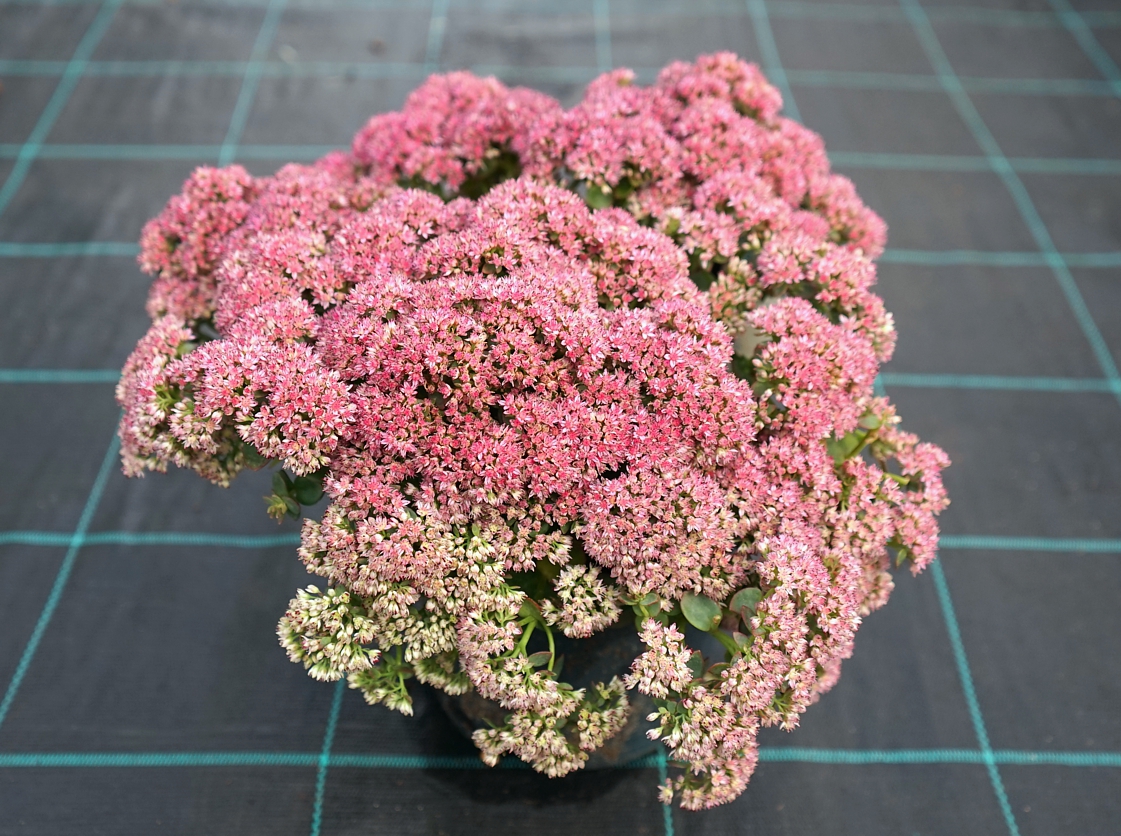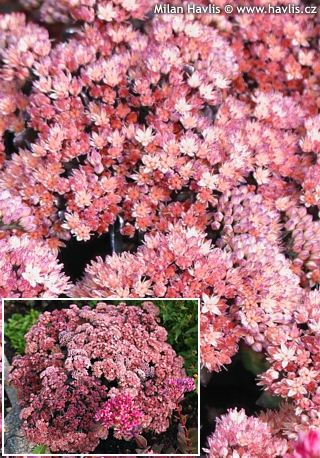Sedum 'Lime Zinger' SUNSPARKLER® LIME ZINGER stonecrop
Sedum
Stonecrops, botanically known as Sedum, form a vast genus of succulent plants in the family Crassulaceae, comprising hundreds of species spread across the Northern Hemisphere – from alpine crevices to Mediterranean slopes. They are masters of survival, not only for themselves but for their surroundings: their fleshy leaves store water, their flowers offer nectar to pollinators even in drought, and their growth strategy adapts to extreme conditions. The genus was systematically and comprehensively described by Swedish botanist Carl Linnaeus in 1753 in his landmark work Species Plantarum, where he included 15 species, notably the iconic Sedum acre. The Latin name Sedum derives from sedere (“to sit”) referring to their low, ground-hugging habit.
Stonecrops are among the most ancient evolutionary lineages of flowering plants. Fossil evidence from the Eocene epoch (about 40 million years ago), found in the Green River Formation of present-day Wyoming, reveals plants with morphology strikingly similar to modern Sedum — fleshy leaves, star-shaped flowers, and a low-growing habit. Although not classified directly as Sedum, their features match early representatives of the Crassulaceae family. This suggests that the succulent survival strategy of these plants began evolving at a time when the climate was shifting toward greater seasonality and aridity.
SUNSPARKLER® LIME ZINGER stonecrop comes from the American breeding series Sunsparkler®, developed by renowned horticulturist Hans Hansen. This perennial guru is known for dozens of successful cultivars of echinaceas, heucheras, hostas, and other garden beauties. His work blends botanical precision with a keen eye for modern garden aesthetics. Lime Zinger is one of the most striking cultivars in the series: its leaves resemble miniature eucalyptus foliage – round, juicy, lime-green with a fine burgundy edge in youth, as if outlined with a pastel pencil. It blooms with small, star-shaped flowers in raspberry pink, densely covering the plant so it resembles a frothy berry mousse from late summer into autumn. It stays under 15 cm tall but quickly spreads up to 45 cm wide, forming a low, dense carpet that creeps across the ground like a garden blanket.
In the garden, SUNSPARKLER® LIME ZINGER works beautifully as a groundcover perennial, especially in sunny spots with well-drained soil. It pairs well with other low-growing succulents such as sempervivums, delospermas, or creeping thymes. It also shines alongside perennials with dark foliage like heucheras or Stachys, and contrasts elegantly with silvery leaves of Helichrysum, Senecio, or compact cultivars of Salvia. In modern gardens, it serves as a fresh color accent, while in naturalistic plantings it behaves as a quiet but reliable filler. Thanks to its late flowering, it provides a valuable nectar source for bees and butterflies at the end of the season. The cultivar is protected under EU Plant Variety Rights (EU40474, granted in 2015) and a US Plant Patent (USPP24632, granted in 2014).
It needs very well-drained soil and doesn’t tolerate excess moisture – heavy soil or constantly wet spots may cause root and stem rot. Beyond that, care is minimal: no fertilizing, pruning, or winter protection required. In spring, remove old stems by cutting them close to the ground and allow fresh growth to emerge from below. Don't snap the stems off – use pruning shears to avoid damaging new buds forming at the base, often already present from the previous autumn. Watch out for slugs and act promptly if they appear. It is hardy down to min. –34 °C (USDA zone 4) and suitable for well-drained planters.
Last update 23-09-2025
Goods are shipped all over Europe. For Russia and U.K. and for further details please read about SHIPPING OPTIONS HERE.
Are you interested in a serious discount for orders NOV-FEB? Check your options here.
THE PRICES INCLUDE VAT of 15%. For quick conversion you can use 1 CZK = approx. 0.04 EUR
- STANDARD QUALITY - Plants of this group are 1st class quality with number of branches and overall density adequate to their size and age, considering they were container grown.
- DE LUXE QUALITY - This label guarantees a luxurious quality of manually selected plants that, compared to their height and age, are exceptionally dense and beautiful.
- EXTRA - These plants are usually mature and bigger specimens with exceptional overall appearance.
- STANDARD (as described in the plant form) means a tree with a trunk of 190-210 cm and a crown at the top, unless specified differently. The commercial size for trees is their girth measured in the height of 1m from ground.
- HOBBY - These plants are of the same quality as our standard-quality plants but younger and therefore cheaper.
- SHRUB - a woody plant with branches growing bushy from the ground level.
- HALF-STANDARD or MINI-STANDARD - a small tree with shorter trunk, its size is usually specified.
- FEATHERED - These are trees with branches growing already from the base of the trunk and up along the stem.
- GRASSES and PERENNIALS - Sizes given usually read the diameter of the pot or the clump, as specified.









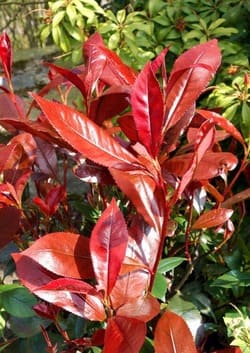
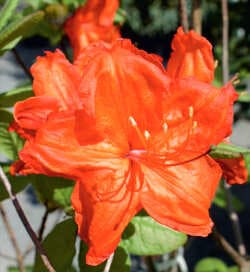

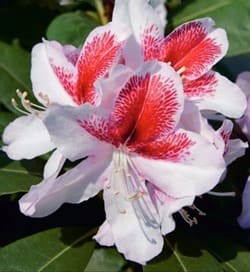


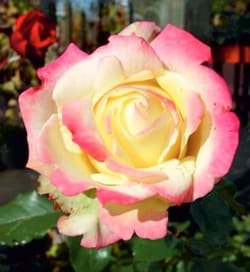
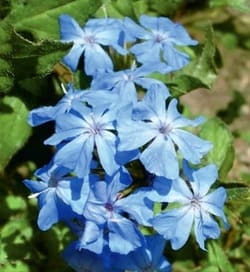
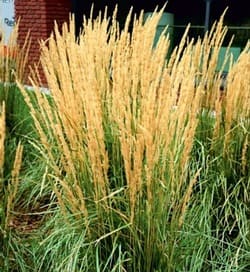
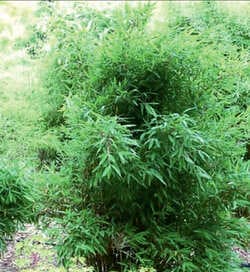

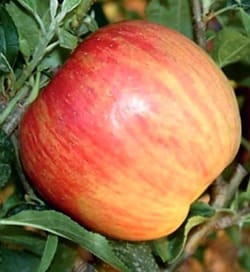
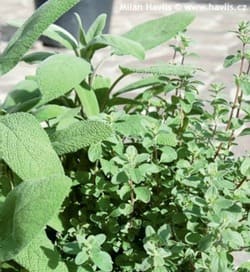
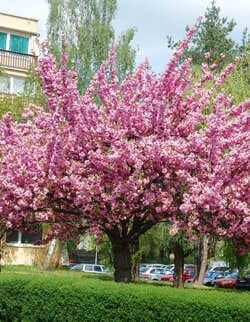
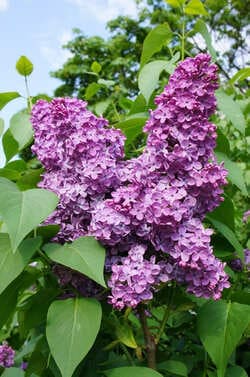
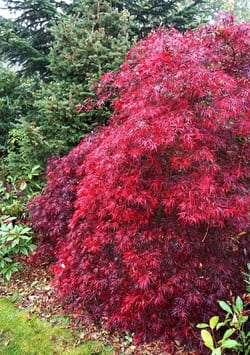
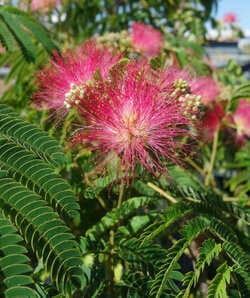
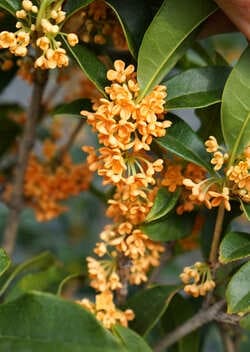



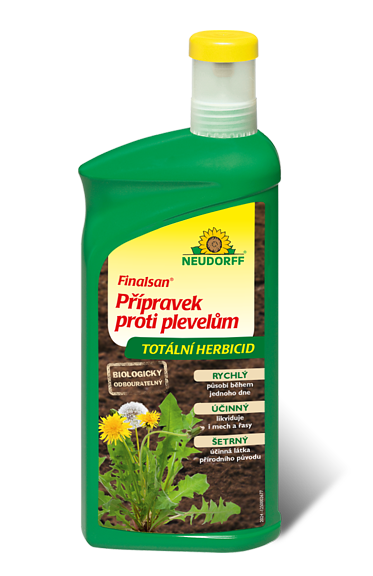



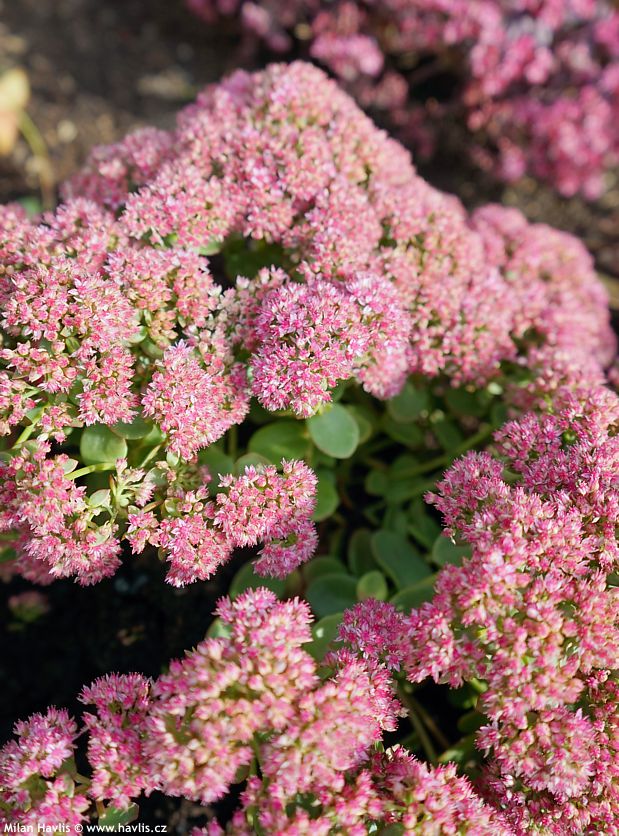
.jpg)
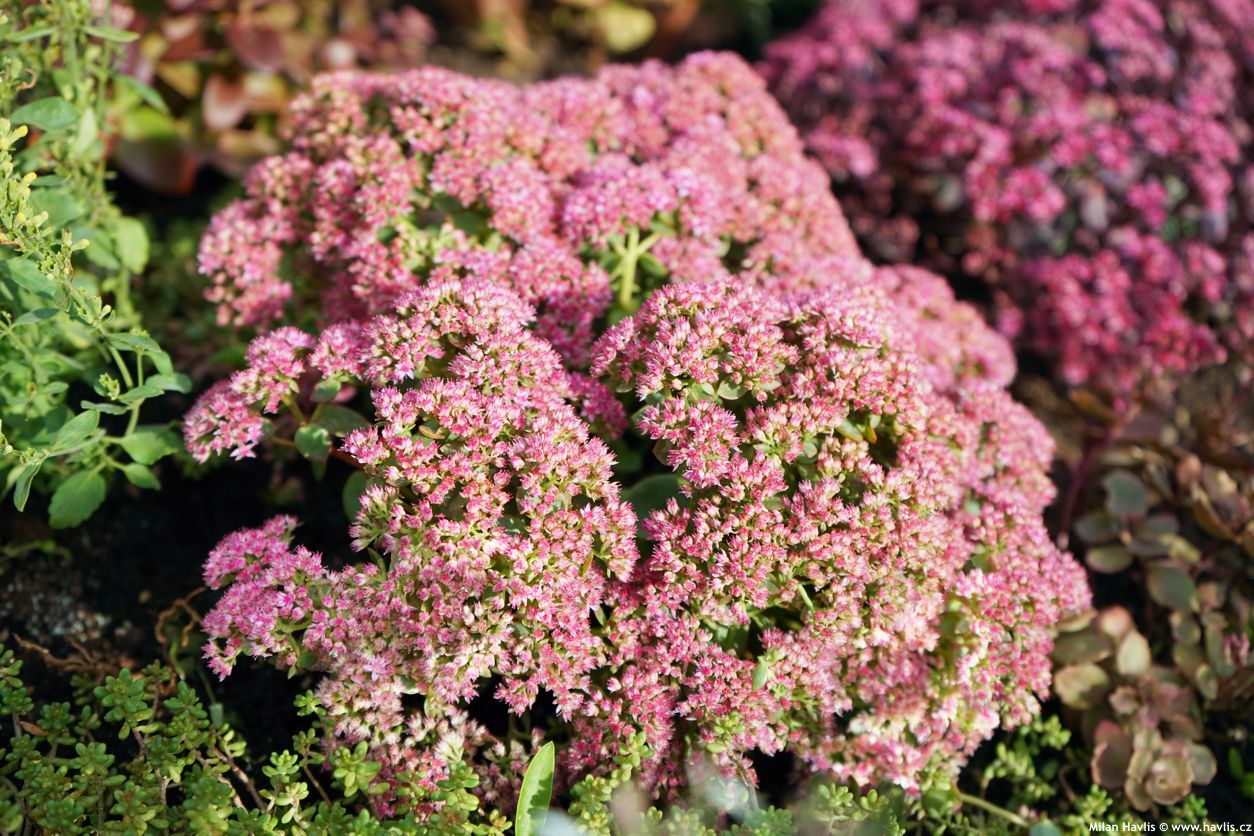
.jpg)


